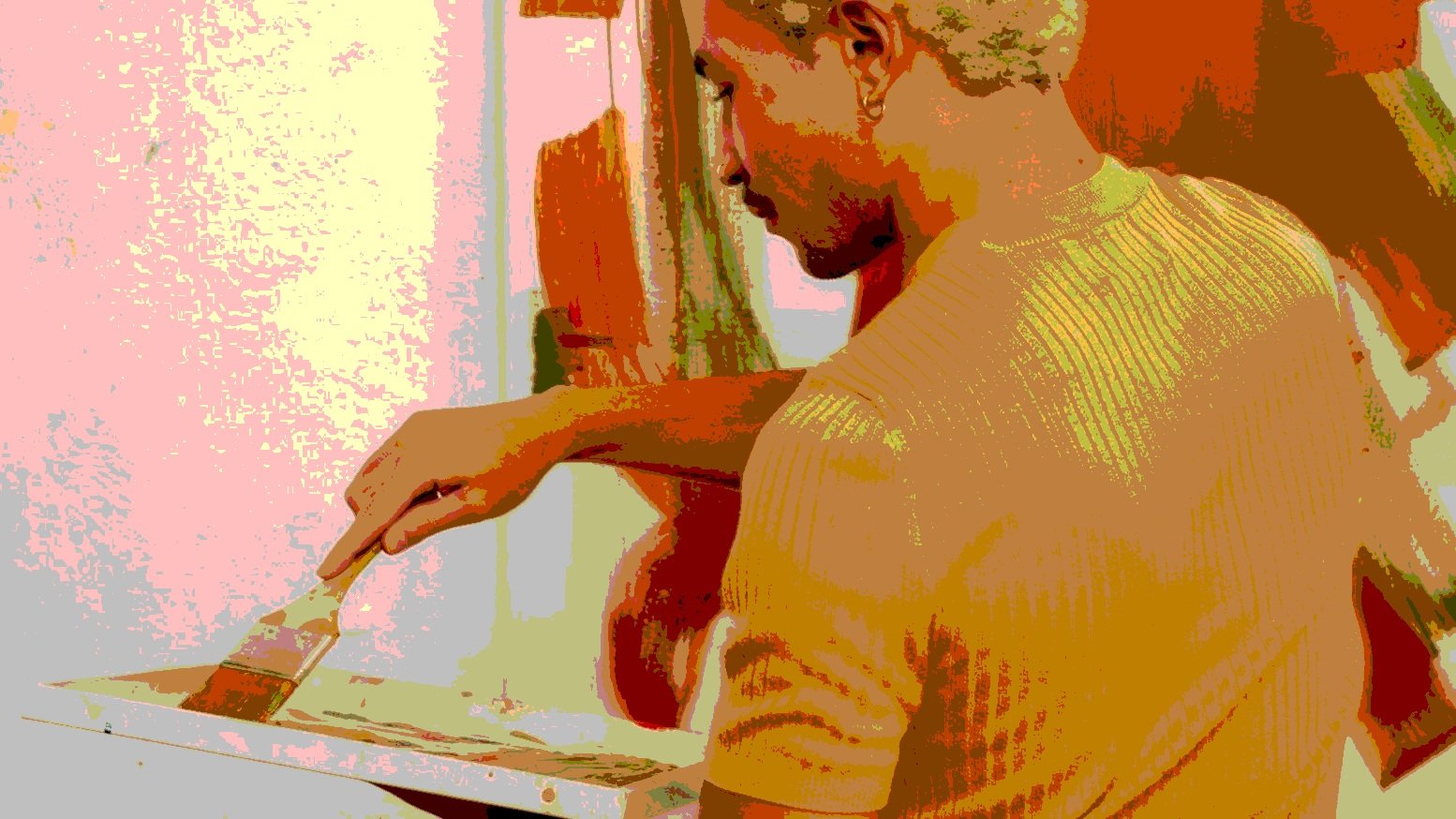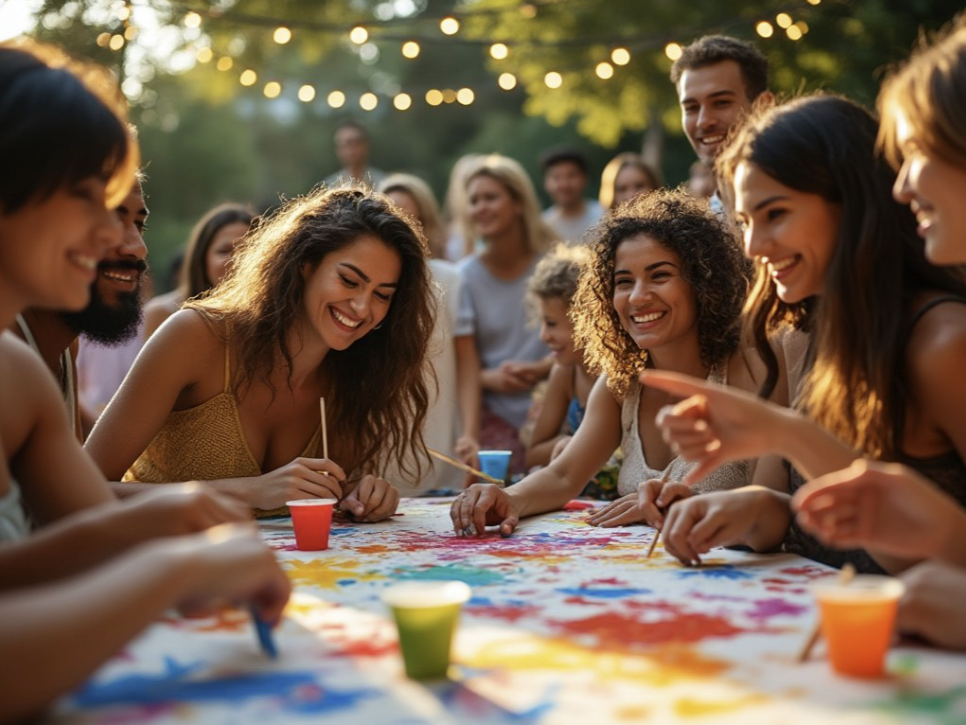The Neuroscience Behind Creativity

The Neuroscience Behind Creativity | Pilgrim Soul
The Science Behind Creativity: What Happens in Your Brain When You’re Being Creative?
Creativity is a fascinating and elusive human trait that has long captivated scientists, artists, and thinkers alike. But what actually happens in our brains when we're being creative? Recent advances in neuroscientific research have begun to shed light on the intricate neural processes underlying this essential aspect of human experience. This article will explore the science behind creativity and how our brains make it all possible. At the end of this journey, remember to check out Pilgrim Soul's Creative Journal to spark your own creative endeavors.
The Neuroscience of Creativity
Creativity is a complex and multi-faceted cognitive process that engages various regions and networks within the brain. As we delve into the neuroscience of creativity, we will explore the crucial roles of the default mode network and the executive control network, as well as the involvement of neurotransmitters in shaping our creative thinking. Understanding these intricate neural interactions can help us appreciate the science behind our ability to generate novel ideas, solve problems, and express ourselves artistically.
The Default Mode Network and Creativity
A key component of the creative process is the brain's default mode network (DMN). This network of interconnected brain regions, which includes the medial prefrontal cortex, posterior cingulate cortex, and lateral parietal cortex, is most active when we're not engaged in goal-directed tasks. Instead, it comes to life during daydreaming, self-referential thinking, and mind-wandering—all activities that fuel creativity.
Research has shown that creative individuals often have a more active DMN, allowing them to generate novel ideas and make unexpected connections between seemingly unrelated concepts. The DMN's role in creativity is further supported by studies that have found increased functional connectivity within the network during creative tasks.
The Executive Control Network and Creativity
In contrast to the DMN, the executive control network (ECN) is responsible for focused attention, decision-making, and goal-directed behavior. The ECN, which includes regions such as the dorsolateral prefrontal cortex and the anterior cingulate cortex, helps us evaluate and refine our creative ideas, ensuring they are both novel and useful.
While the DMN and ECN are often considered opposing forces, research suggests that they work together in the creative process. A delicate balance between these networks allows us to explore new ideas while maintaining the cognitive control necessary to bring them to fruition.
The Role of Neurotransmitters in Creativity
Neurotransmitters, the brain's chemical messengers, are pivotal in regulating our thoughts, emotions, and behaviors. For example, in the realm of creativity, specific neurotransmitters like dopamine and serotonin have been found to influence our capacity for generating novel ideas and maintaining cognitive flexibility. By examining the roles of these neurotransmitters, we can better understand the complex chemistry that contributes to our creative prowess and fosters our ability to innovate and adapt.
Dopamine and Creativity
Dopamine, a neurotransmitter associated with motivation, reward, and pleasure, plays a significant role in the creative process. An optimal level of dopamine helps maintain a balance between the DMN and ECN, facilitating the generation of novel ideas and their evaluation. Studies have shown that creative individuals often have higher baseline dopamine levels and a greater number of dopamine receptors in specific brain areas.
Serotonin and Creativity
Serotonin, another neurotransmitter, has been linked to creativity through its influence on mood and cognitive flexibility. Research indicates that increased serotonin levels can enhance creative thinking by promoting divergent thinking, a key component of the creative process. Serotonin also plays a role in emotional regulation, which can help creative individuals maintain a positive mindset and persevere through challenges.
Enhancing Creativity Through Brain Stimulation
The quest to unlock and enhance our creative potential has led researchers to explore groundbreaking methods of brain stimulation. Techniques like transcranial direct current stimulation (tDCS) and transcranial magnetic stimulation (TMS) offer promising avenues for modulating neural activity and influencing the creative process. As we investigate these cutting-edge approaches, we explore the possibility of harnessing the brain's power to elevate our creative thinking, problem-solving abilities, and artistic expression.
Transcranial Direct Current Stimulation (tDCS) and Creativity
One exciting development in creativity research is using non-invasive brain stimulation techniques to enhance creative thinking. Studies have shown that transcranial direct current stimulation (tDCS), which involves passing a weak electrical current through the scalp to modulate neural activity, can boost creativity. By targeting specific brain regions within the DMN or ECN, tDCS has been found to increase divergent thinking, improve problem-solving abilities, and even enhance artistic performance.
Transcranial Magnetic Stimulation (TMS) and Creativity
Another promising technique is transcranial magnetic stimulation (TMS), which uses magnetic fields to induce electrical currents in the brain. Like tDCS, TMS can target specific brain regions and networks involved in creativity, leading to enhanced cognitive flexibility and improved creative performance. While more research is needed to fully understand these techniques' potential, they offer exciting possibilities for unlocking the creative potential within us all.
Final Thoughts
The science of creativity is a rapidly evolving field, with new insights and discoveries continually reshaping our understanding of this complex and mysterious human ability. From the intricate dance between the DMN and ECN to the role of neurotransmitters like dopamine and serotonin, researchers are beginning to unlock the secrets of the creative brain. As we continue to explore the neuroscience of creativity, we are deepening our understanding of ourselves and opening up new possibilities for enhancing our creative potential.
Ready to unleash your creativity? Shop the entire collection of Pilgrim Soul products and embark on a journey of self-discovery, imagination, and inspiration.






